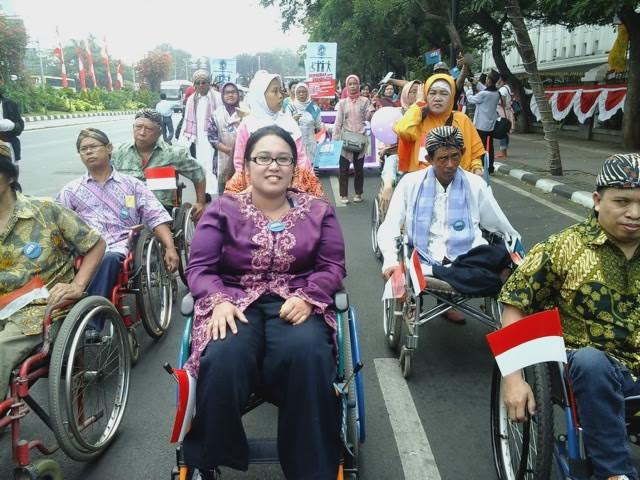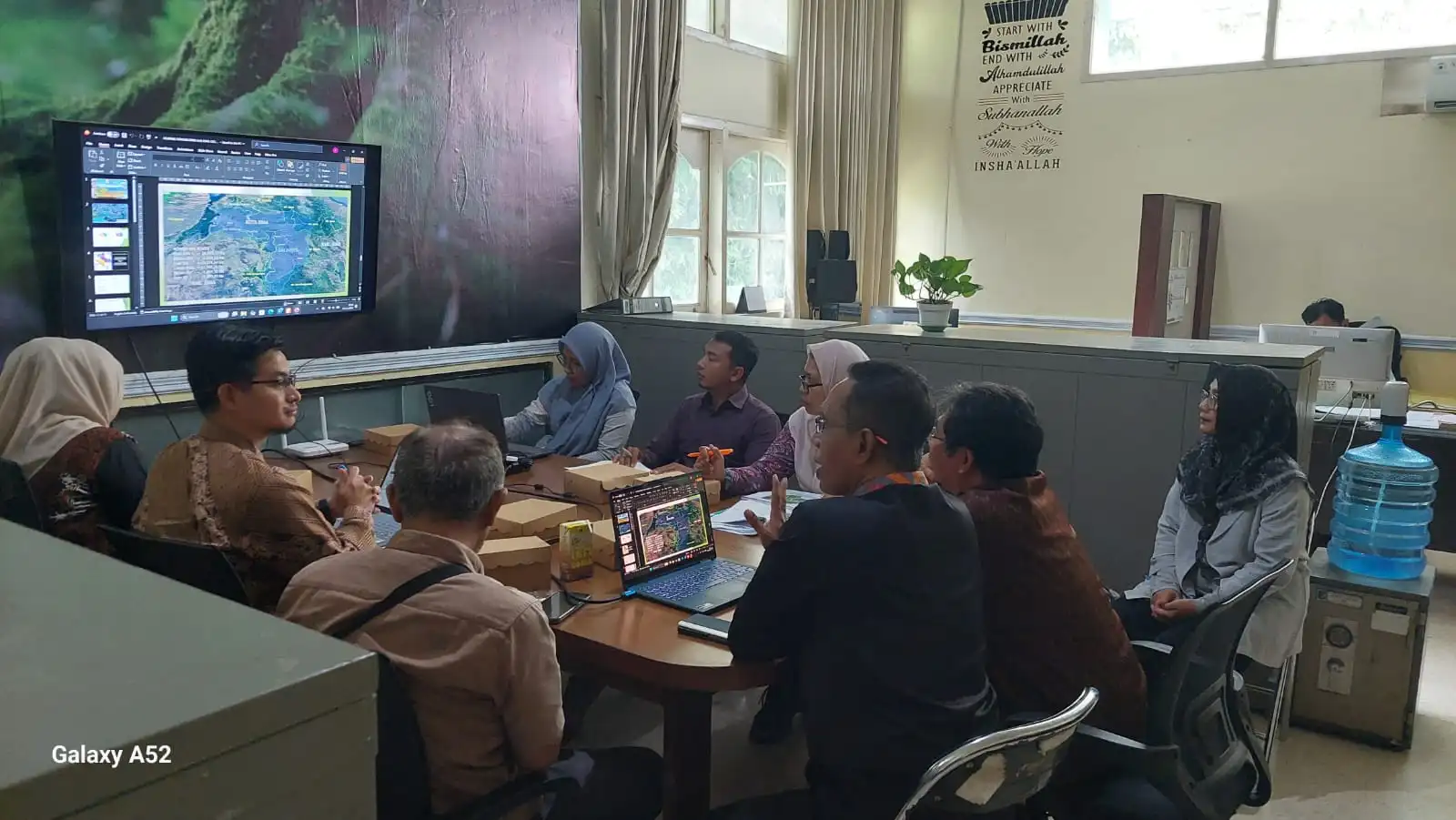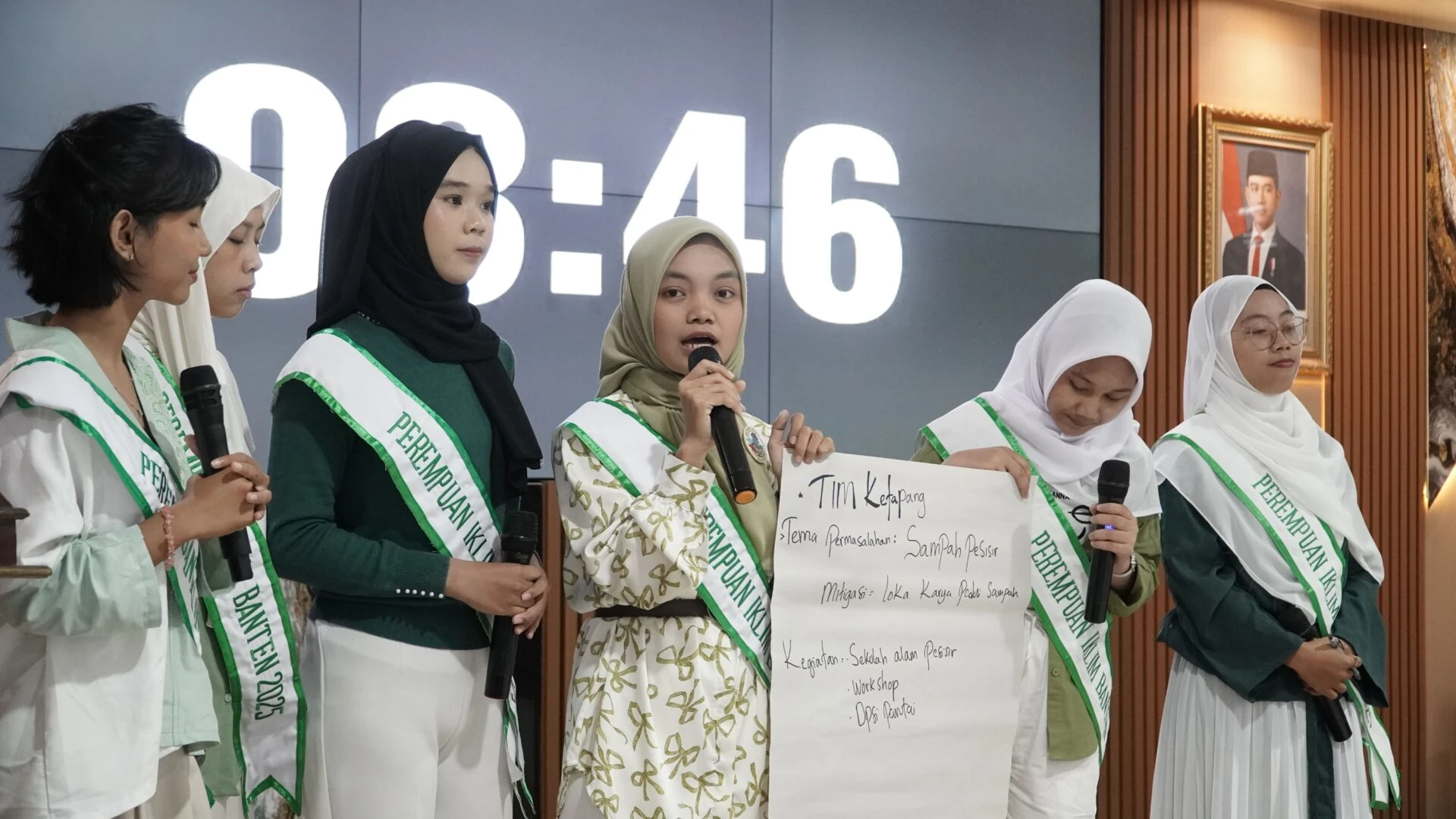
Jakarta, 23 June 2015 – The inclusion of the Draft Law on Persons with Disabilities on the list of thirty priority discussions for the 2015 National Legislation Program has breathed fresh air into the struggle to fulfill the basic rights of disabled people. In the draft law, the government’s main concern is the issue of data collection on the number and characteristics of people with disabilities.
Until now, the government does not have accurate disaggregated data on disabled people. This certainly has an impact on fulfilling the rights of people with disabilities, such as obtaining education, health services, and the most basic, namely the right to have the opportunity to interact appropriately with their environment. For this reason, the government must accelerate the collection of special national data on the number and characteristics of people with disabilities.
“If the government has accurate disaggregated data on people with disabilities, the most basic rights of people with disabilities can be fulfilled, such as the right to live independently,” said Rokhmad Munawir, public service expert at the Regional Research and Information Center (PATTIRO) in a press statement in Jakarta, 23 June 2015.
With the availability of accurate data, the government can also find out the needs of disabled people in more detail. Rokhmad gave an example, for example, if the number of blind people in an area is known to be quite significant, the regional government can collaborate with the Public Works Department to install guiding blocks along the sidewalks to make the activities of the blind people easier. “By doing this, the regional government has also indirectly fulfilled the rights of people with disabilities to be able to interact with their environment and carry out their daily activities independently,” said Rokhmad.
Unfortunately, Rokhmad explained, so far, the government has only relied on Basic Health Research conducted by the Ministry of Health and the Central Statistics Agency in determining the number of people with disabilities. In fact, the data obtained from this research is not accurate. This is because the approach and instruments used by the government in conducting this research are not appropriate, such as the use of the definition of disability which is not yet specific. “Elderly people who experience a decline in their ability to carry out daily activities such as walking, seeing, hearing, etc., are considered disabled by the government,” said Rokhmad.
In addition, based on the results of a brief assessment carried out by PATTIRO last May, the Social Services and Health Services in the regions do not have accurate disaggregated data related to people with disabilities. In Sorong Regency, for example, the disaggregated disabled data available is no more than the names of disabled recipients of Social Security assistance for People with Severe Disabilities in 2012, numbering less than thirty people. In fact, the West Lombok Regency Social Service openly revealed that it had never collected data on the number and characteristics of people with disabilities in its area due to unavailability of a budget. The inaccuracy of this data can also be seen from the many problems that arise regarding the implementation of guarantee programs and meeting the needs of disabled people. “This shows that there are still many people with disabilities in Indonesia whose needs have not been met,” concluded Rokhmad.
Even though the government has issued discourse regarding the implementation of a survey on the number and characteristics of disabled people nationally, Rokhmad is worried that the Central Statistics Agency will only focus on data on the number of disabled people and forget about disaggregated data on disabled people. So that data on the characteristics of people with disabilities can still be obtained accurately, the government should involve Community Health Centers as health service providers closest to the community. “Puskesmas can collect data on the number and characteristics of people with disabilities when carrying out Surrounding Area Monitoring surveys. “The government can also support Community Health Centers in doing this by providing examples of data collection forms that include special columns for people with disabilities and their characteristics,” he explained. Rokhmad added that this kind of form can also be used by Puskesmas midwives when recording newborn babies with disabilities so that the data can continue to be updated.
Not only that, to support the realization of the availability of data on the number and characteristics of people with disabilities, the government can include data collection issues in laws and regulations related to people with disabilities. In the Draft Law on Persons with Disabilities, regulations regarding data collection are included, but not all parties are involved, such as community health centers. “Because Puskesmas is one of the spearheads of public services, the government must include Puskesmas as a party that is also responsible for collecting this data,” said Rokhmad.
When collecting data, there are several things that the government must also pay attention to. Rokhmad said that, before collecting data, the government and community health centers should provide in-depth outreach regarding people with disabilities. “This is important because until now many people, especially in regional areas, often hide family members who have disabilities,” he concluded.




